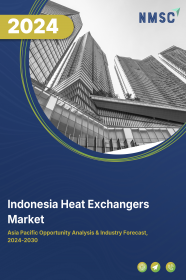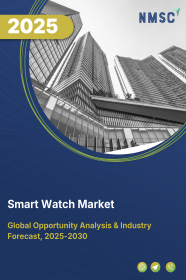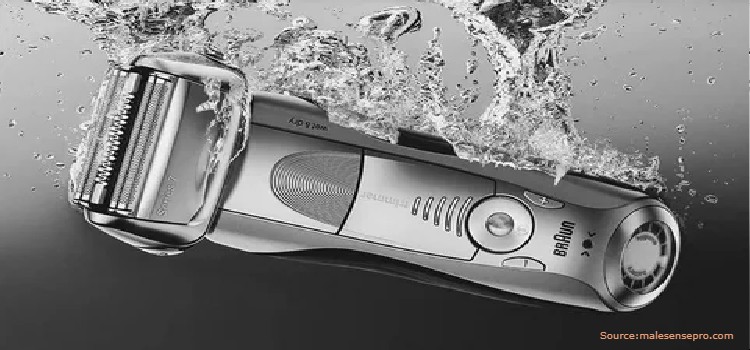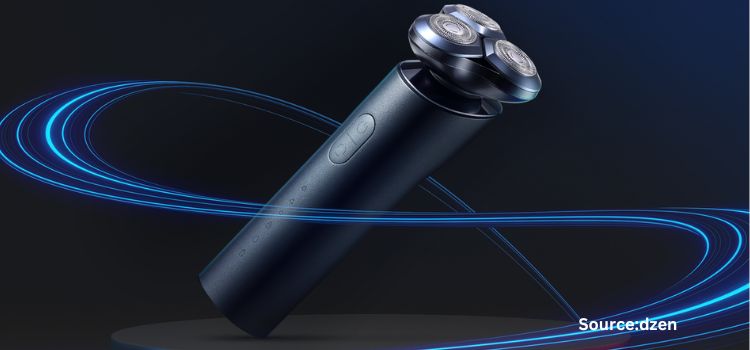
Indonesia Heat Exchangers Market by Type (Shell & Tube, Plate & Frame, Air Cooled, and Others), by Material (Metals, Alloys, and Brazing-CLAD), and by End User (Chemical, Energy & Power, Heating, Ventilation, Air Conditioning, and Refrigeration (HVACR), Food & Beverage, Pulp & Paper, and Others)– Opportunity Analysis and Industry Forecast, 2024–2030
Industry: Retail and Consumer | Publish Date: 04-Dec-2024 | No of Pages: 118 | No. of Tables: 86 | No. of Figures: 51 | Format: PDF | Report Code : RC1564
US Tariff Impact on Indonesia Heat Exchangers Market
Trump Tariffs Are Reshaping Global Business
Market Overview
The Indonesia Heat Exchangers Market size was valued at USD 472.3 million in 2023, and is predicted to reach USD 973.8 million by 2030, with a CAGR of 10.2% from 2024 to 2030.
Heat exchangers are innovative devices engineered to transfer heat from one fluid to another without direct contact, finding extensive application across industrial, commercial, and residential sectors, notably in HVAC systems and refrigeration units, to effectively heat or cool fluids or air. Their functionality relies on allowing heat to traverse through a barrier, whether it be a solid wall or a series of plates or tubes, enabling a range of tasks such as heating water in boilers or cooling air in air conditioning systems.
These versatile devices are available in diverse designs tailored to specific requirements, encompassing everything from simple radiator coils to intricate systems found in chemical processing plants and power generation facilities. Their significance spans across multiple industries and applications, pivotal in regulating air temperatures in buildings, facilitating steam production in power plants, controlling temperatures during chemical reactions, and contributing to food processing efficiency, among various other functions. Additionally, they serve as indispensable components in automotive cooling systems and boast extensive applications in aerospace, marine, and wastewater treatment industries, where they play a pivotal role in ensuring efficient thermal management and energy transfer.
Growing Demand for Renewable Energy Drives Indonesia’s Market Growth
The growing demand for renewable energy is a driving force behind Indonesia's market growth. As the country seeks to reduce its dependence on fossil fuels and mitigate environmental concerns, there is an increasing emphasis on adopting renewable energy sources such as solar, wind, and hydroelectric power. Heat exchangers play a crucial role in renewable energy systems, facilitating efficient energy transfer and thermal management.
With Indonesia's abundant natural resources and favorable climate conditions for renewable energy generation, there is significant potential for the expansion of renewable energy infrastructure. This, in turn, fuels the demand for heat exchangers in various applications, including power generation, thermal storage, and energy conversion processes, driving market growth in Indonesia.
Increasing Demand for HVAC Systems Drives Indonesia’s Market Growth
The increasing demand for HVAC (Heating, Ventilation, and Air Conditioning) systems is a significant driver of market growth in Indonesia. As the country experiences economic growth and urbanization, there is a corresponding rise in construction activities, leading to an increased demand for residential, commercial, and industrial buildings.
HVAC systems, which play a crucial role in maintaining indoor air quality and thermal comfort, are essential components of these buildings. Heat exchangers, as integral parts of HVAC systems, are in higher demand to facilitate efficient heat transfer and temperature control. Thus, the growing need for HVAC systems in various sectors propels the market growth of heat exchangers in Indonesia.
High Installation and Maintenance Costs Restrain Market Growth
High installation and maintenance costs pose significant constraints on market growth in Indonesia. The substantial upfront investment required for purchasing and installing heat exchangers, along with ongoing maintenance expenses, presents challenges for businesses, particularly those with limited financial resources.
Despite the long-term cost savings offered by heat exchangers through enhanced energy efficiency, the perceived financial burden may discourage widespread adoption, thus impeding market growth. Lowering installation and maintenance costs or providing innovative financing options could help alleviate this constraint and stimulate market growth in Indonesia.
Advancements in Cutting-Edge Materials and The Rising Trend of Industry 4.0 Create a Market Opportunity
Advancements in cutting-edge materials and the rising trend of Industry 4.0 present a significant market opportunity. The development of innovative materials, such as graphene and advanced ceramics, with superior thermal conductivity and corrosion resistance, enhances the performance and durability of heat exchangers across various industries.
Additionally, the integration of Industry 4.0 technologies, characterized by automation, data exchange, and digitalization, enables real-time monitoring, control, and optimization of heat exchangers operations. This leads to improved efficiency, productivity, and predictive maintenance capabilities.
As industries strive for enhanced performance and sustainability, the adoption of advanced materials and Industry 4.0 solutions drives innovation in the heat exchangers market, creating opportunities for growth and market expansion.
Competitive Landscape
Several market players operating in Indonesia’s heat exchangers market include Alfa Laval AB, Johnson Controls International plc, Carrier Global Corporation, Lennox International Inc., Trane Technologies plc, API Heat Transfer Inc., Kelvion Holding GmbH, Xylem Inc., Danfoss Group, and General Electric Company among others. These companies are adopting various strategies.
Key Market Segments
By Type
-
Shell & Tube
-
Fixed Tube Heat Exchangers
-
U-Tube Heat Exchangers
-
Floating Head Heat Exchangers
-
Other Shell & Tube Heat Exchangers
-
-
Plate & Frame Heat Exchangers
-
Gasketed Plate & Frame Heat Exchangers
-
Welded Plate & Frame Heat Exchangers
-
Brazed Plate & Frame Heat Exchangers
-
Other Plate & Frame Heat Exchangers
-
-
Air Cooled
-
Forced Draft Heat Exchangers
-
Induced Draft Heat Exchangers
-
-
Others
By Materials
-
Metals
-
Alloys
-
Brazing-CLAD
By End User
-
Chemical
-
Energy & Power
-
HVACR
-
Food & Beverage
-
Pulp & Paper
-
Others
Key Players
-
Alfa Laval AB
-
Johnson Controls International plc
-
Carrier Global Corporation
-
Lennox International Inc.
-
Trane Technologies plc
-
API Heat Transfer Inc.
-
Kelvion Holding GmbH
-
Xylem Inc.
-
Danfoss Group
-
General Electric Company
REPORT SCOPE AND SEGMENTATION:
|
Parameters |
Details |
|
Market Size in 2023 |
USD 472.3 Million |
|
Revenue Forecast in 2030 |
USD 973.8 Million |
|
Growth Rate |
CAGR of 10.2% from 2024 to 2030 |
|
Analysis Period |
2023–2030 |
|
Base Year Considered |
2023 |
|
Forecast Period |
2024–2030 |
|
Market Size Estimation |
Million (USD) |
|
Growth Factors |
|
|
Companies Profiled |
10 |
|
Market Share |
Available for 10 companies |
|
Customization Scope |
Free customization (equivalent up to 80 working hours of analysts) after purchase. Addition or alteration to country, regional, and segment scope. |
|
Pricing and Purchase Options |
Avail customized purchase options to meet your exact research needs. |

















 Speak to Our Analyst
Speak to Our Analyst





















